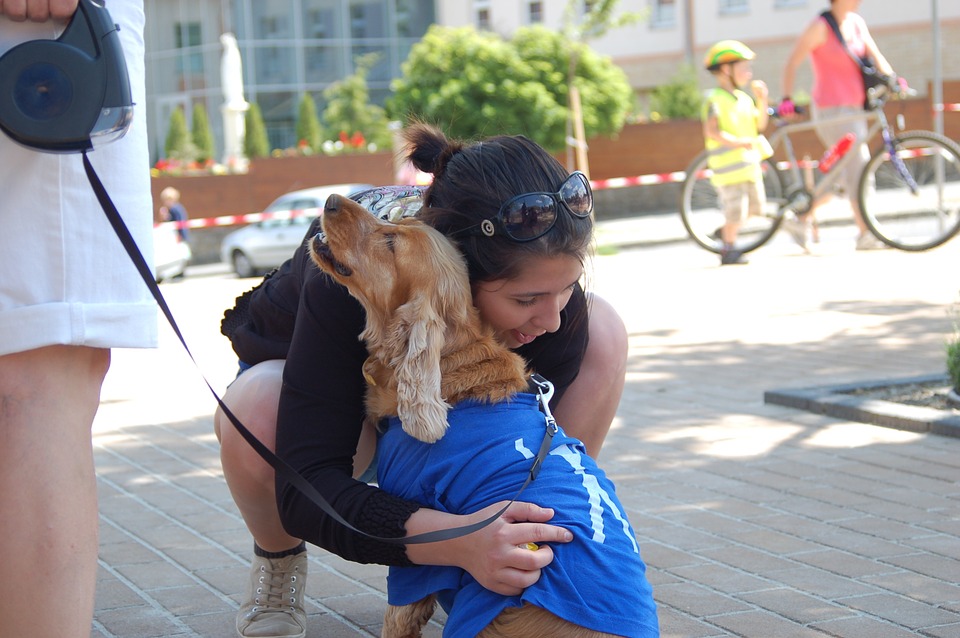Emotional Support Animals (ESAs) and Psychiatric Service Animals (PSAs) are two different types of working animals. But sometimes the job they do often has similarities, especially when it comes to the kind of people they accompany. Because of that, they can often be confused with one another. And that confusion often leads to problems for not just the animal and the patient, but also the general public.
In this blog post, we’re going to explore the legal differences between PSAs and ESAs as well as who should get each type of assistance animal.
The Differences of PSAs and ESAs
1. PSAs are trained to do specific tasks and responses
PSAs undergo training to perform tasks that are directly related to their human’s psychiatric disability. For example, PSAs are trained to detect an incoming panic attack on people with severe social phobia and remove them from the situation and to a safe place.
2. An ESA’s job is just its presence
Unlike PSAs, ESAs don’t undergo training. Their job is only to make their humans feel safe and calm by being present near them. In the case of a person with mild social phobia, an ESA by their side would help them feel safe if they leave their home for groceries and other basic needs.
3. PSAs are protected by the Americans with Disabilities Act
PSAs are a type of service animal and they have rights protected by the Americans with Disabilities Act. Wherever their owner wishes to go, a PSA has the right to accompany them. If a certain establishment refuses an entry of a service dog and its owner, the establishment will be heavily fined or face criminal charges.
4. ESAs cannot always accompany their owner to certain areas
There are a lot of places that ESAs cannot enter such as restaurants and malls. However, they can be with their owners in plane cabins and sometimes fly for free. In common scenarios, ESAs have the same rights as PSAs, especially when it comes to the Fair Housing Act.
No landlord can deny a potential tenant based on a no-pet rule and they cannot ask for additional fees if an ESA or PSA has proper documentation.
5. Only horses and dogs can be PSAs
Any animal can be an ESA whereas only dogs and horses can be PSAs. This is because canine and equine animals have high levels of intelligence and trainability.
Who Should Get An Emotional Support Animal?
People with mental and emotional problems such as learning disabilities, anxiety, depression, attention deficit disorder, chronic stress, and post-traumatic stress disorder are eligible of owning an ESA.
Who Should Get A Psychiatric Service Animal?
Those who are eligible of owning an ESA can also get a PSA. The difference here is that those who want to avail PSAs must have severe mental and emotional disabilities with symptoms and reactions that are debilitating and highly life-threatening.
For example, a depressed person who can still function normally is limited to owning ESA. But if that same person has tendencies for self-harm and suicide, they can have a PSA that will detect an incoming episode and therefore prevent them from self-harming or committing suicide.
Knowing the different assistance animals and their rights is something everyone should know. To the general public and businesses, it can prevent confusion and lawsuits. For individuals with emotional and mental problems, it can help cure a condition by getting the right assistance animal for their needs.
Do you own an assistance animal? Register your pet today. The Service Animal Registry of California invites you to have your assistance animal registered in order to designate its status. We also encourage you to take our online classes so you can be fully aware of your rights and gain more knowledge about your support animal.
Finally, we present to you our book entitled, “ASSISTANCE ANIMAL LAWS: LEARN YOUR RIGHTS REGARDING SERVICE ANIMALS, EMOTIONAL SUPPORT ANIMALS, THERAPY PETS, AND OTHER DOGS, CATS, AND ASSISTANCE ANIMALS” to provide you with a complete education on assistance animals. Purchase your copy of the book by clicking the image below. 




